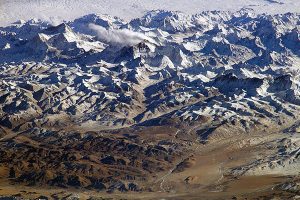Can bees only sting me once?
Question:
Can bees only sting me once?
Answer:
Honeybees are generally killed by stinging you, but most other stinging insects can survive to sting you again.
It’s a common urban myth that bees can only sting once, but it’s partially based in truth. Honeybees have a barbed stinger, and if they sting a thick-skinned mammal like a human, the barbed hook gets stuck as they try to pull away, ripping their insides out and killing the bee within a few minutes. But if they were to sting another insect, or a vertebrate with thinner skin, they’d probably live to tell the tale.

